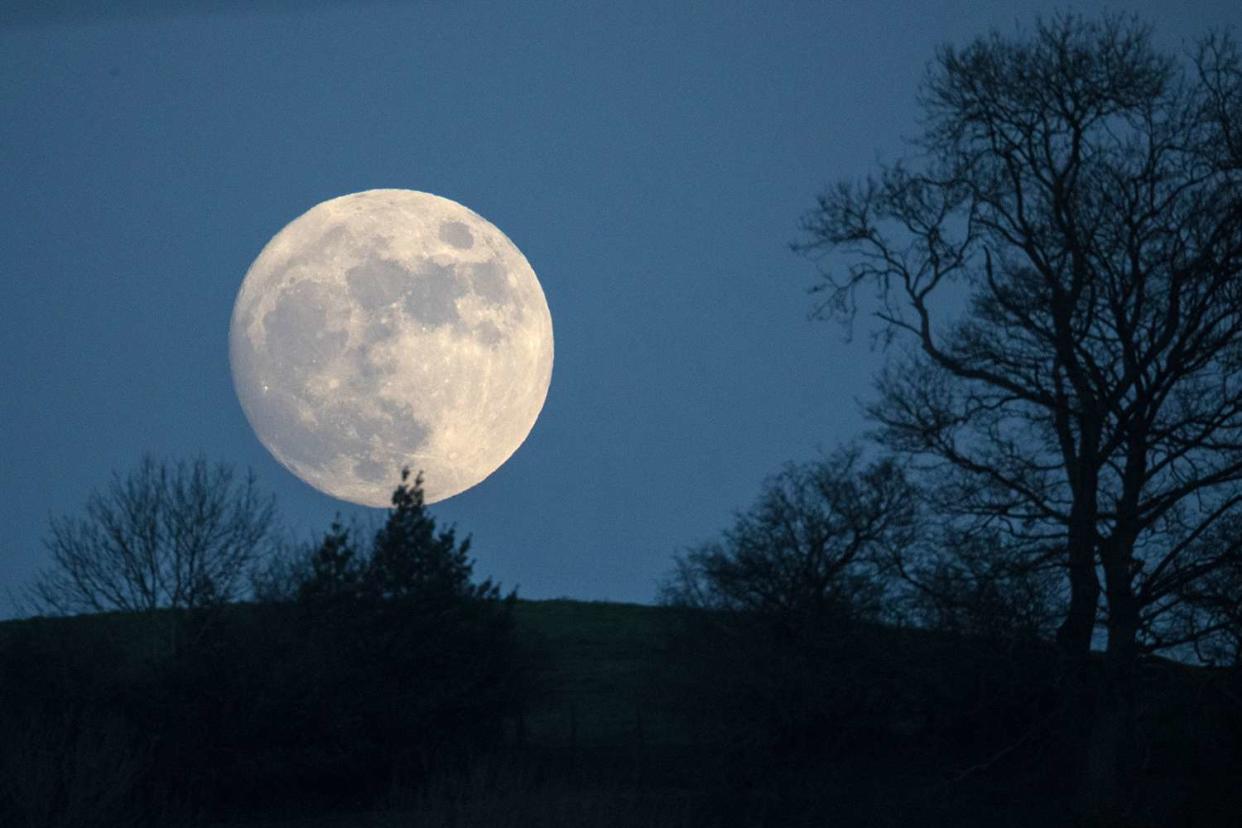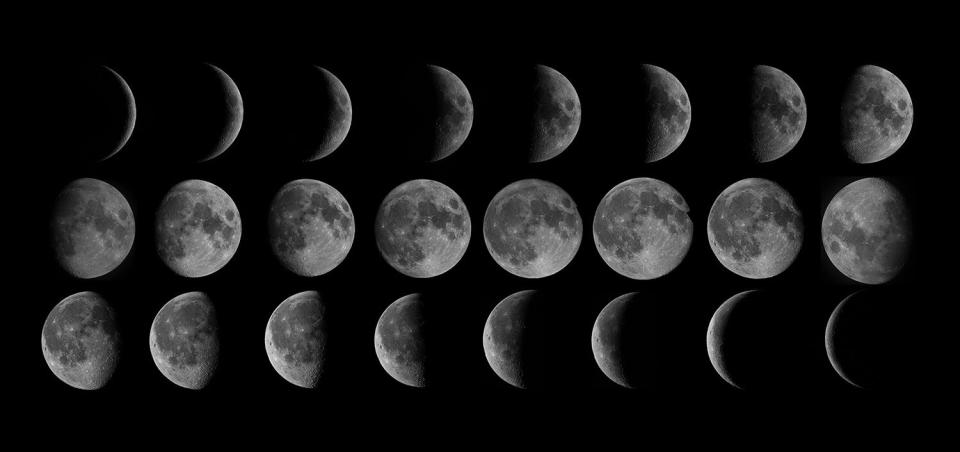International Observe the Moon Night Is Oct. 16 (Ahead of the Hunter's Moon Oct. 20): How to Celebrate

Matt Cardy/Getty
This event will be out of this world!
International Observe the Moon Night is a worldwide event that occurs when the moon is near the first-quarter phase. It will take place on Oct. 16 this year.
The celestial spectacle is "a time to come together with fellow Moon enthusiasts and curious people worldwide," described by NASA. The annual event is scheduled every northern fall, and has occurred in either September or October since 2010. It takes place a few days before the full Hunter's Moon on Oct. 20 this year.
The annual public outreach event encourages appreciation, observation, and understanding of the moon and its relation to planetary science and exploration. Everyone on Earth is invited to come together, celebrate, and learn about this natural satellite together.

getty
The night is sponsored by the Lunar Reconnaissance Orbiter mission, the Solar System Exploration Division at NASA's Goddard Space Flight Center, and other NASA and astronomical organizations.
You can take part in this celebration in a variety of ways: attend or host a virtual or in-person event, or observe the moon from home! NASA even invites interested lunar lovers to connect with fellow lunar enthusiasts around the world on its Facebook page and use #ObserveTheMoon on social media.
RELATED: The Orionid Meteor Shower Reaches Its Peak Soon: Here's How and When to Watch
There are numerous ways you can observe the moon. Whether you're using a telescope, binoculars, or just your eyes, you'll be able to notice different, fascinating features on its face.
Using only your eyes, you'll be able to spot lots of white and gray. The gray patches are actually solidified volcanic lava flows! Observations will differ depending on the strength of your eyesight. If you have 20/20 vision, you might even be able to see larger impact craters including Copernicus, Kepler, and Aristarchus and Tycho.

getty
NASA welcomes lunar lovers to join in its celebration wherever they may be in the world. The Virtual Telescope Project, an official supporter and key partner of the event, is also hosting a livestream of the best views (over the skyline of Rome)!
The international event isn't the only reason to look up this month, as October is filled with tons of space activity perfect for viewing. Between the many moons and meteor showers, there are so many reasons to keep an eye on the sky!
RELATED: Cameras Capture Meteor Lighting Up Night Sky in Florida
International Observe the Moon Day falls on a waxing gibbous moon, followed by a full moon a few days later (Oct. 20).
A waxing gibbous moon occurs between a first quarter moon and full moon. "People often see a waxing gibbous moon in the afternoon, shortly after moonrise, while it's ascending in the east as the sun is descending in the west," according to EarthSky.com.

Getty
The October full moon is named the Hunter's Moon, and may appear "bigger and more orange" after sunset, according to the Old Farmer's Almanac. The best time for moongazing is at 7:26 p.m. EDT, when it reaches its peak illumination.
Moongazers can expect to be joined by stargazers on Oct. 20 because the Orionid meteor shower is also set to occur (and peak early morning on Oct. 21). Viewers can expect to see up to 20 meteors per hour from the Orionids, which NASA considers "the most beautiful showers of the year."
Early in the month, the Draconid meteor shower peaked on Oct. 8.
